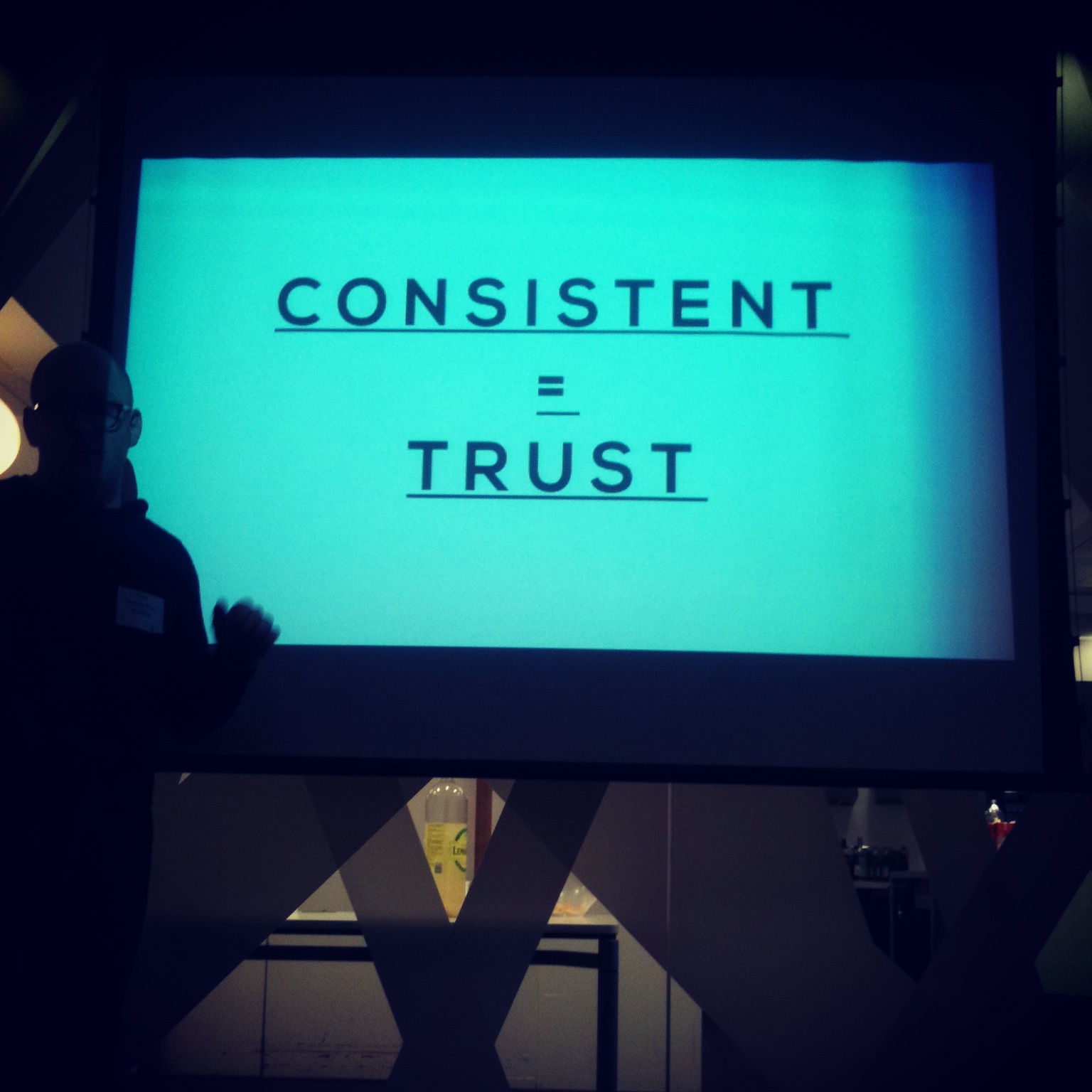On Tuesday, 19th March, The London Content Strategy Meetup held a special Confab Fringe event at Google Campus that featured three great talks about content strategy from the Government Digital Service and Confab speakers ahead of the first ever Confab London Content Strategy conference taking place this week. Here are some of the notes that I made during the evening:
Neil Williams: On Her Majesty’s Digital Service Neil is a Product Manager at Inside Government where they are merging the websites of all government departments and many other public bodies into one section of www.gov.uk.
- Currently content is spread across many sites and as such is incomplete.
- 14 of 24 Ministerial departments have been moved over to www.gov.uk/government in four months which has included the migration of 45,000 documents.
- GOV.UK is a product that people want and research shows they would use it again.
- Start with needs – Who are the users? What do they need? Document user needs on a spread sheet (user stories). These needs inform every decision.
- Bring people with you – Everyone is involved.
- Constrain formats – No such thing as a 'general page' all content must meet user needs. There is no space for waffle on GOV.UK!
- Editors, dev and designers together - Sit together, learn together, build together.
- Quality – Validation, performance metrics and spot checks are used to ensure quality content at this scale.
- Change management – Need to consider all of the stakeholders involved and make sure they are listened too and included in the journey.
Gigi Griffis: Content Strategy with a World-Changing Twist Gigi is a Content Strategist and web writer.
- Think macro – Improve working relationships and identify people within organisations who are not working together but should be.
- Think micro – How can Content Strategy help your portfolio or an Airbnb listing? A/B titles and descriptions.
- Be creative (and sneaky) – Incorporate Content Strategy wherever you can to demonstrate value and help you sell it in. Project briefing forms are a way to identify user needs.
- Content strategy not only teaches people how to create and manage content but also how to think about content, marketing strategies and customers in the long term.
Leisa Reichelt: Prototyping User Experience Leisa spoke about Strategic User Experience and explained that with a better understanding of business strategy we can align our work to business goals and consequently deliver better customer experiences.
- A two way approach – Top down (designing better environments for doing better UX) and Bottom up (delivering strategy through execution to drive change).
- Work in a multidisciplinary team. Sketch to HTML, stay out of Photoshop.
- Document only what's necessary.
- Don't work alone – Common sense emerges quicker when you pair with somebody else.
- Test multiple prototypes – Don't commit to being right at the start.
- Use real content and test the content.
- "Show, don't tell" – Showing stakeholders prototypes gives them a better sense of what you are making and allows you to make decisions based on evidence.
Three great talks and some very practical takeaways. I'll finish with one of my favourites quotes of the night from Leisa Reichelt:
"Prototyping beats abstraction"

